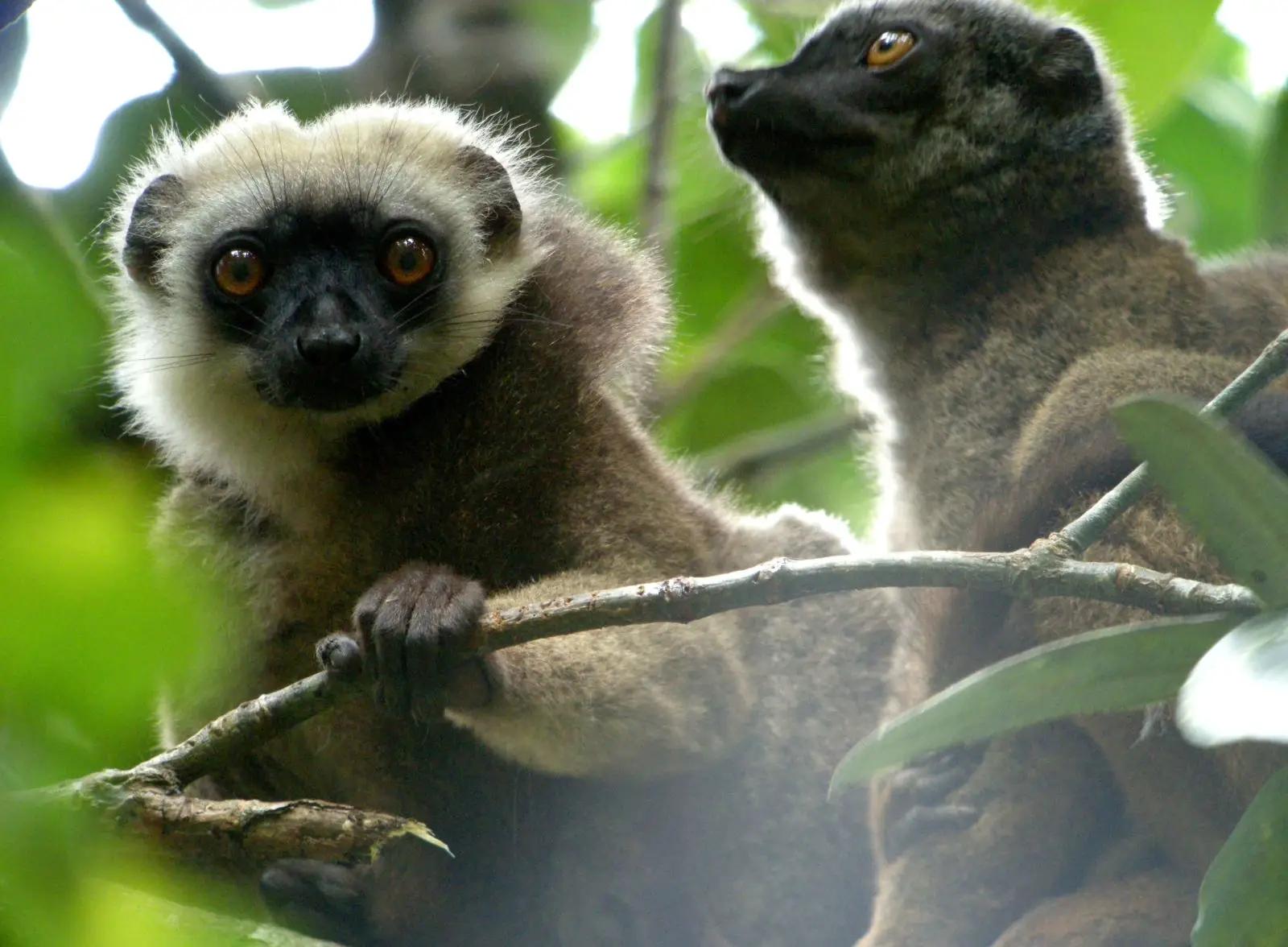Scientific Support for Zoological Parks

“Zoos and aquariums are essential contributors to scientific research, playing a key role in species conservation and their management in captivity.”
Thanks to the diversity of species they host, zoos and aquariums play a crucial role in scientific research, particularly in the areas of species conservation and their management in captivity.
Scientific studies conducted within zoos have a significant impact on several levels:
- Animal Management and Welfare: Research helps improve the management of animals in parks by optimising their diet, social groups, and enclosure design.
- Conservation efforts in the wild: Data collected in captivity often cannot be obtained elsewhere. It allows for testing equipment before its use in the wild and studying population genetics, thus contributing to conservation efforts.
Why conduct your research projects with AKONGO?
Our team supports you in the implementation of research projects, particularly those related to animal welfare. By providing methodology, monitoring, and data analysis, we offer you a robust approach, including:
- Decision-making support based on scientific data
- Enhanced knowledge of species
- Data shared and valued by both the scientific community and visitors
- A daily impact on animal welfare
AKONGO’s research office firm is recognised as an accredited research organisation by the French Ministry of Higher Education, Research and Innovation (MESRI). Any company that commissions us to carry out a research related to ethology and/or animal welfare can now benefit from the Research Tax Credit (CIR) for the expenses incurred in these operations.
We provide tools to easily track the time your teams spend on various research projects. In addition, we can assist you in applying for the research tax credit from the Ministry of Research.

Examples of research projects
Discover some of our interventions and achievements as part of the Animal Welfare Commitment (EBEA) programme.
The research are carried out in zoos or laboratories. Data can be collected by our team and/or the institution's team, or through the placement of an intern (Master 1, Master 2, gap year, post-master).

Conures - tamarins: a mixed species exhibit
Parc de Clères et Ménagerie du Jardin des Plantes, France
Developing multi-species enclosures while ensuring the well-being of all animals.
Learn more
Making feeding more complex for tigers in captivity
Beekse Bergen, Netherlands
Using stimulating feeding devices for tigers to promote physical exercise and their well-being
Learn more
Cohabitation of female Pygmy hippos
Parc Animalier d'Auvergne, France
An innovative study to facilitate captive management
Learn more
Dietary transition: towards a fruit-free diet for great apes
La Palmyre, France
What impact on social relationships and microbiota in great apes? Behavioural and microbiotic effects of dietary change
Learn more
Contact introduction for White-fronted lemurs
Poitiers, France
Reducing animal isolation through cooperation between zoos
Learn more